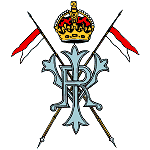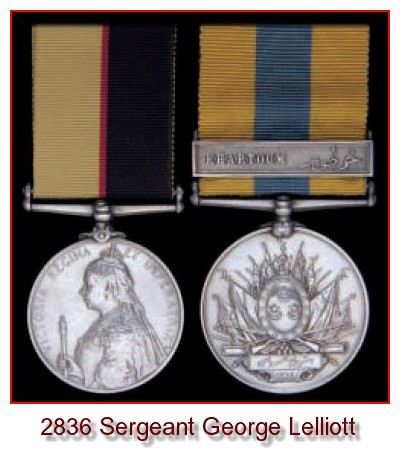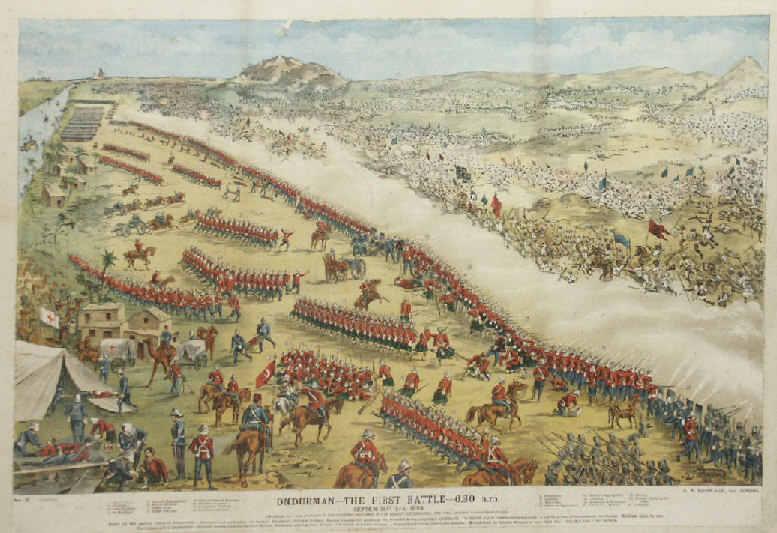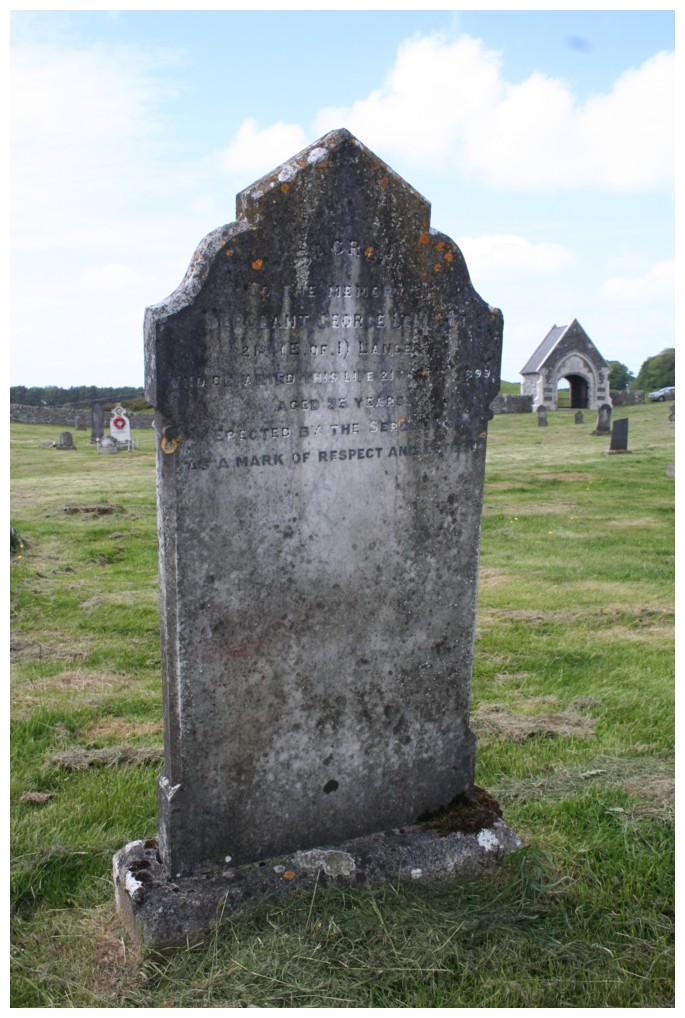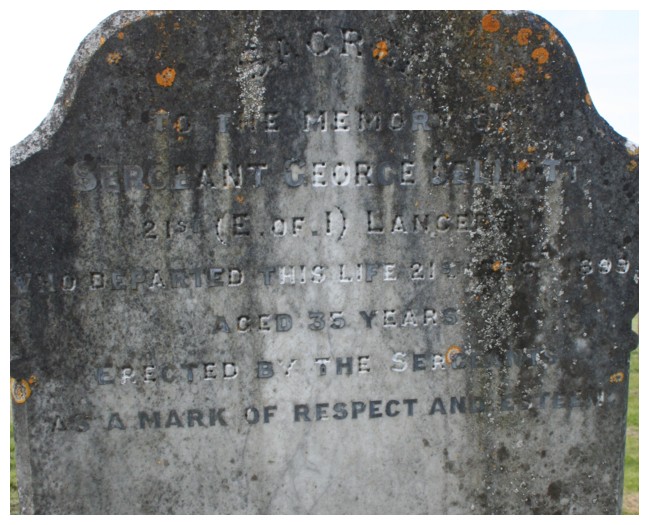The 21st Lancers (Empress of India's) were a cavalry regiment of the British Army, created in 1858 and amalgamated to form the 17th/21st Lancers in 1922. Perhaps its most famous engagement was the Battle of Omdurman, where Winston Churchill 4th Hussars, rode with the unit.
The regiment was originally raised in Bengal by the British East India Company in 1858 as the 3rd Bengal European Light Cavalry, for service in the Indian Mutiny. As with all other "European" units of the Company, they were placed under the command of the Crown in 1858, and formally moved into the British Army in 1862, when they were designated as hussars and titled the 21st Regiment of Hussars. A detachment saw service in the 1884–5 expedition to the Sudan, with the Light Camel Regiment. In 1897 they were redesignated as lancers, becoming the 21st Lancers, and in 1898 served in the Mahdist War in the Sudan. It was here they fought at the Battle of Omdurman, where members of the Regiment won three Victoria Crosses.
That same year, the regiment was given the title 21st (Empress of India's) Lancers, being named for Queen Victoria, the Empress of India.
